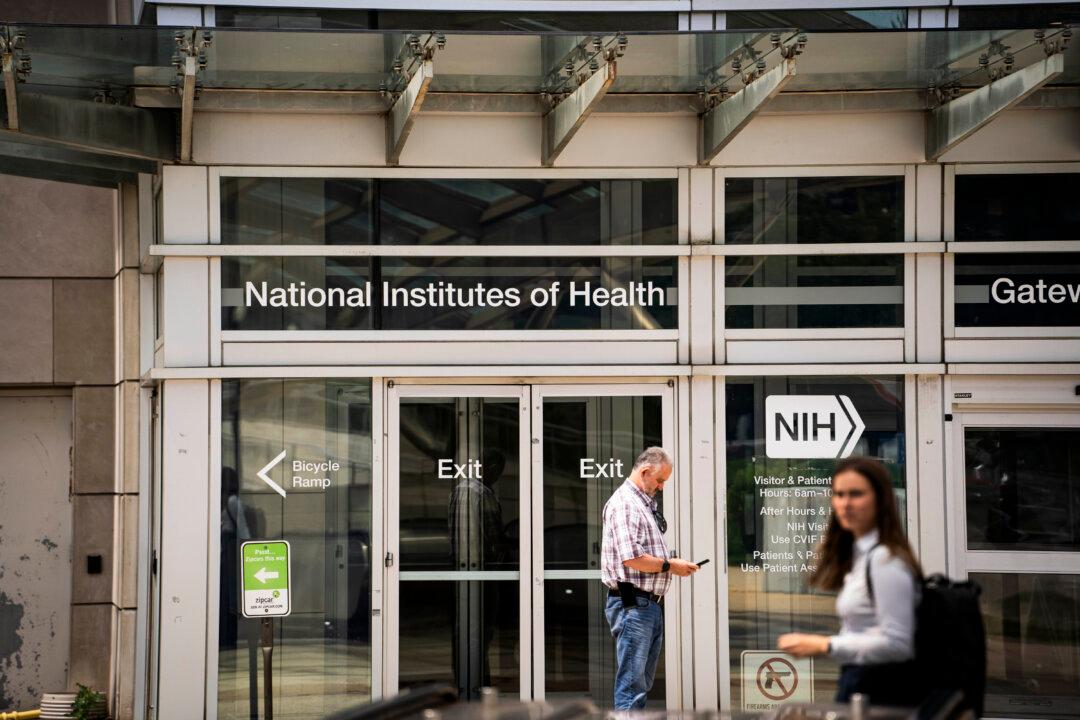The pandemic has fueled an online-grocery movement, with analysts and executives predicting that it will last beyond the pandemic and Kroger Co. being the latest to join other major food retailers in reporting surging digital sales.
The head of Whole Foods, which Amazon bought in 2017 for $13.4 billion in a bid to expand its brick-and-mortar footprint and gain an edge in the $700-billion grocery industry, said he believes the trend away from in-person shopping will persist even after the pandemic subsides.
“People are purchasing differently, and that’s partly because they’re not eating at restaurants as much,” he said, adding that he’s seen a tremendous increase in demand for all the animal proteins, while interest in prepared foods has dropped.
Excluding fuel, sales rose 13.9 percent to $30.5 billion compared to the prior year, while the company’s adjusted earnings per share climbed 66 percent.
Gary Millerchip, Kroger’s Chief Financial Officer, said he expects sales for all of 2020 to rise by over 13 percent, while next year’s results to exceed forecasts made before the outbreak of the Chinese Communist Party (CCP) virus.
“For the full year 2020, we expect total identical sales without fuel to exceed 13% and we expect to achieve adjusted EPS growth of approximately 45% to 50%,” he said in a statement. “Relative to delivering on our total shareholder return growth targets as outlined at our November 2019 Investor Day, these factors also lead us to believe that our 2021 business results will be higher than we would have expected prior to the COVID-19 pandemic.”
“Online grocery shopping is now a way of life for consumers,” RBC analyst Mark Mahaney wrote in an analysis of online grocery trends.
“Pre-COVID-19, well over half of consumers bought groceries online—and many are now willing to do so permanently,” he wrote, adding, “We believe that online grocery shopping may now be coming a habitual practice among shoppers.”





